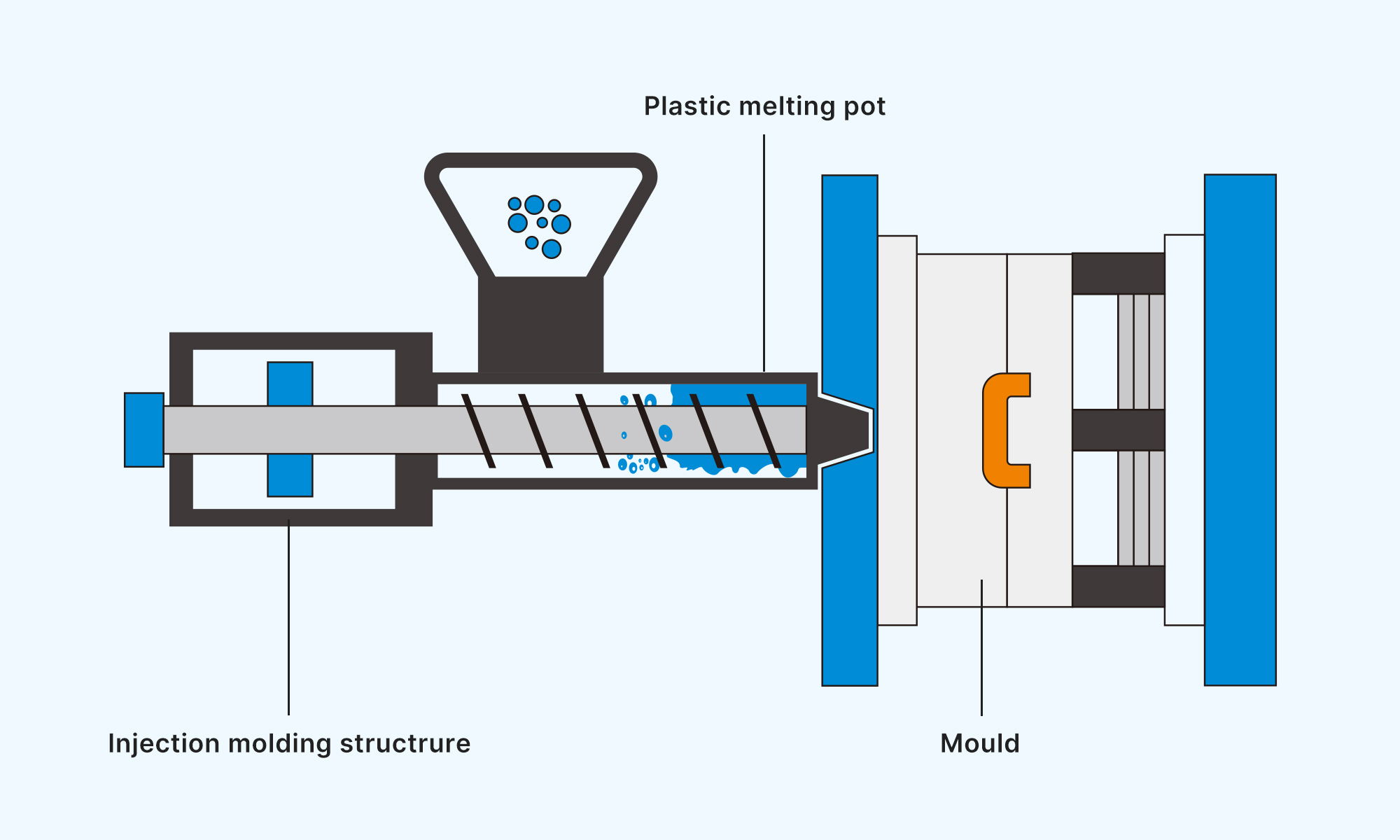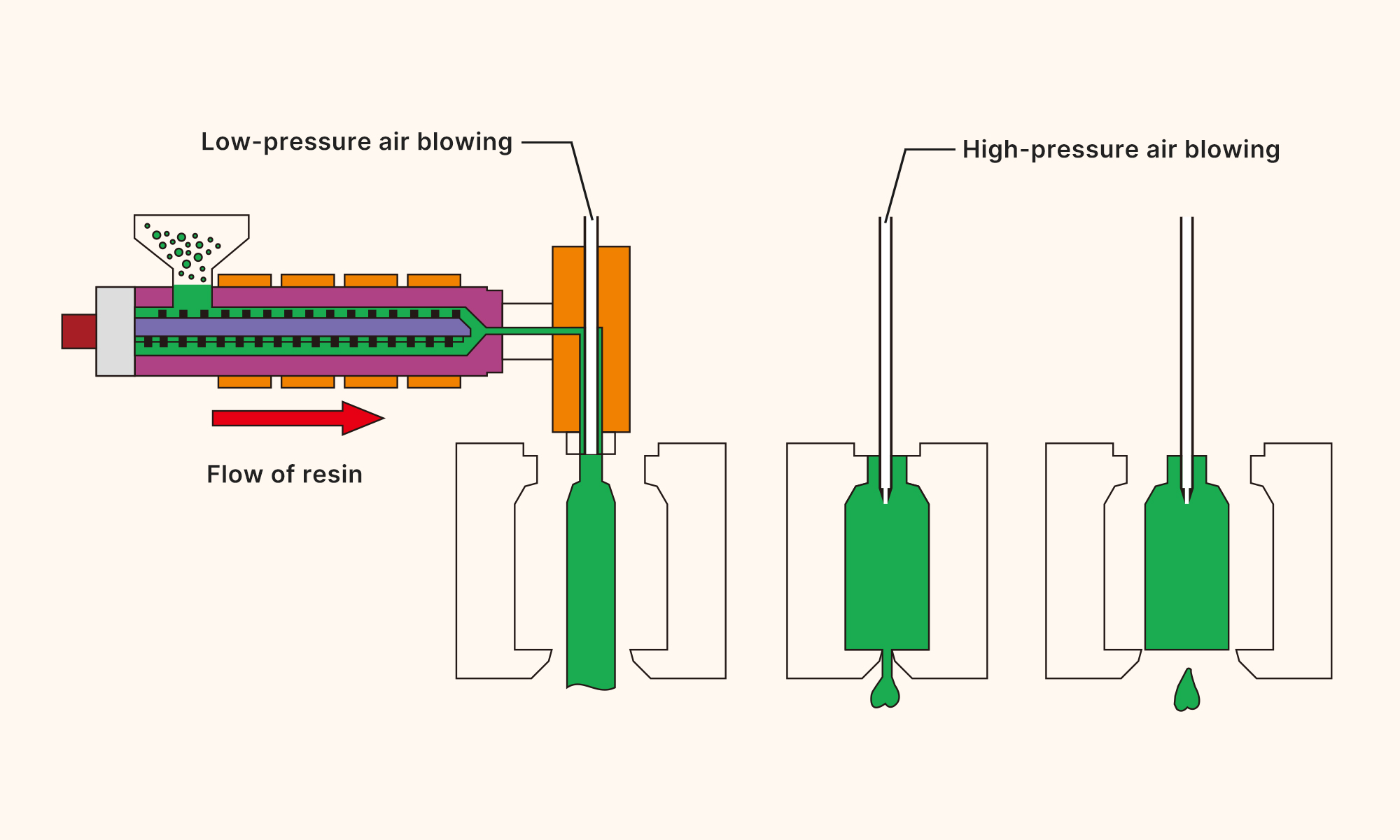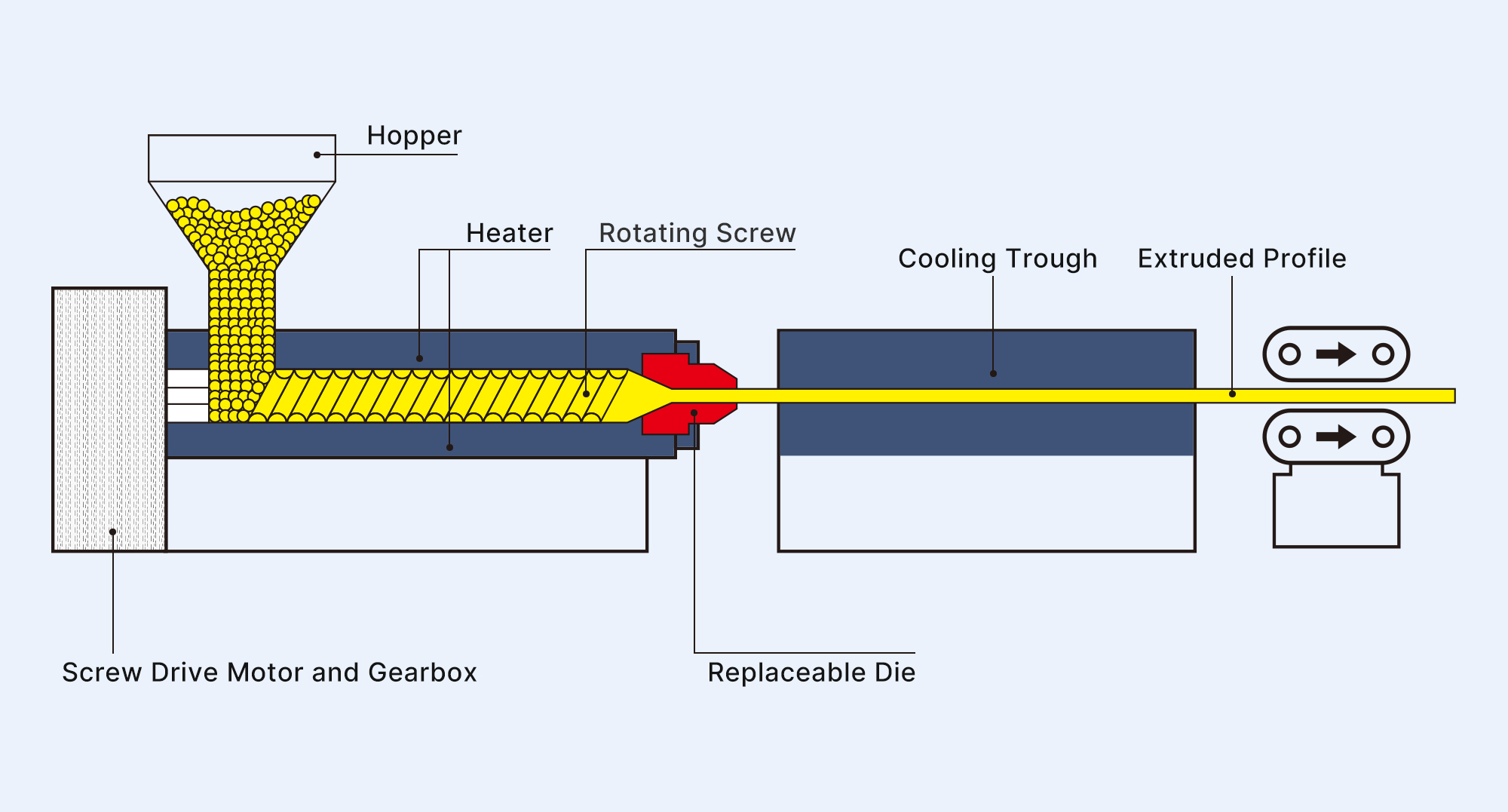Plastic Materials and Molds
September 30, 2024
| By
Our emergency lights are made from high-performance plastics selected for their unique properties, which meet the stringent demands of safety equipment.
- PC Material: Known for its exceptional impact resistance and thermal stability, Polycarbonate (PC) is our primary choice for the outer shell. With a transparency of up to 90%, it’s often referred to as "transparent metal." Its low shrinkage rate of 0.1%-0.2% ensures that our products retain their shape and clarity over time, even under stress.
- PMMA (Acrylic): Ideal for components requiring high transparency and light diffusion, PMMA boasts a light transmittance of 90-92%, making it perfect for our light guide panel of exit signs. This ensures even light distribution without hotspots.
|
|
PC |
PMMA |
|---|---|---|
|
Light Transmission |
up to 90% |
90-92% |
|
Haze |
Very Good |
Very Good |
|
Flame Resistance |
UL-V0/V2 |
Non-Flame Retardant |
|
Flexural Strength |
≥100 MPa |
≥70 MPa |
|
Heat Deflection Temperature |
-40°C-120°C |
80°C |
Transforming raw plastics into functional components demands precision and expertise. Here’s an overview of the molds we use:
- Injection Molds: These molds are essential for creating complex shapes with high precision. The process involves melting plastic pellets at temperatures between 270-320°C and injecting them into the mold, resulting in robust and intricate parts that form the core of our emergency lights.

A Schematic Diagram of Injection Molds
- Blow Molds: Vital for producing hollow shapes, blow molds allow us to adjust parameters such as blow pressure and cooling time, resulting in durable yet lightweight housings for our products.

A Schematic Diagram of Blow Molds
- Compression Molds: Used for crafting items with a high level of detail, compression molds ensure that each part fits perfectly, enhancing the overall reliability of our emergency lights.

A Schematic Diagram of Compression Molds